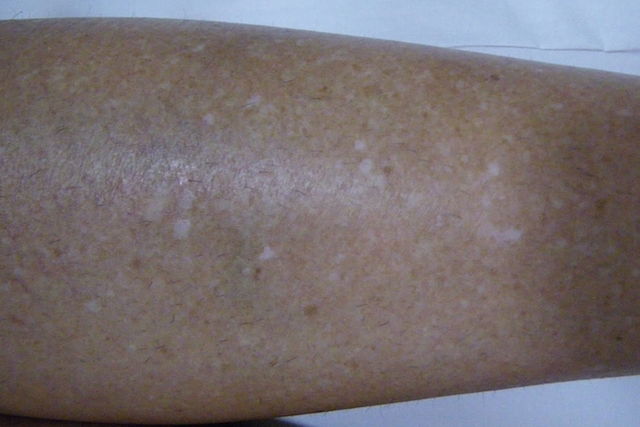Cold And Tooth Pain

When the harsh winds of winter blow, or the chill of a cold drink touches your teeth, the resulting tooth pain can be excruciating. Tooth sensitivity to cold is a common symptom that affects many people, causing sharp pains or aches in response to cold stimuli. But why does this happen, and what can be done to alleviate the discomfort?
To understand tooth sensitivity to cold, it’s essential to explore the anatomy of a tooth. A tooth is composed of several layers: the enamel, the dentin, and the pulp. The enamel is the hard, outer layer that protects the tooth, while the dentin is a softer layer beneath the enamel. The pulp, located at the center of the tooth, contains nerves and blood vessels that transmit sensations, including pain. When the enamel is worn away or the dentin is exposed, the nerves in the pulp can be stimulated, causing sensitivity.
One of the primary causes of tooth sensitivity to cold is gum recession. When the gums pull back from the teeth, they expose the roots, which are covered in dentin. Since dentin is a softer, more porous material than enamel, it can conduct cold temperatures more easily, stimulating the nerves and causing pain. Gum recession can be caused by a variety of factors, including poor oral hygiene, aggressive brushing, or periodontal disease.
Another common cause of tooth sensitivity to cold is tooth decay or cavities. When bacteria in the mouth break down tooth enamel, they can create small holes or cracks that expose the dentin beneath. As with gum recession, this exposure can lead to sensitivity, especially when cold substances come into contact with the affected area. Tooth decay can be caused by a combination of factors, including poor diet, inadequate oral hygiene, and lack of regular dental check-ups.
Cracked teeth can also lead to sensitivity to cold. When a tooth is cracked, the nerve inside the tooth can be irritated, causing pain and sensitivity. Cracked teeth can be caused by a variety of factors, including teeth grinding, biting or chewing on hard objects, or trauma to the mouth.
In addition to these causes, there are several other factors that can contribute to tooth sensitivity to cold. These include:
- Tooth whitening: Tooth whitening products can contain harsh chemicals that penetrate the tooth enamel and reach the dentin, causing sensitivity.
- Acid erosion: Acidic foods and drinks can wear away the tooth enamel, exposing the dentin and causing sensitivity.
- Brushing too hard: Using a hard-bristled toothbrush or brushing too aggressively can wear away the gum tissue and expose the roots of the teeth.
Fortunately, there are several steps that can be taken to alleviate tooth sensitivity to cold. One of the most effective ways to reduce sensitivity is to use a desensitizing toothpaste. These toothpastes contain ingredients such as potassium nitrate or strontium chloride that help block the dentin tubules and reduce sensitivity. It’s essential to use these toothpastes as directed and to brush gently to avoid further irritating the teeth and gums.
Another way to reduce sensitivity is to avoid trigger foods and drinks. If you notice that certain foods or drinks, such as ice cream or cold soda, cause sensitivity, try to avoid them or consume them in moderation. You can also try using a straw to drink cold beverages, which can help reduce contact between the cold liquid and your teeth.
In addition to these steps, there are several professional treatments that can help alleviate tooth sensitivity to cold. These include:
- Fluoride varnishes: Fluoride varnishes can be applied to the teeth to help strengthen the enamel and reduce sensitivity.
- Dental bonding: Dental bonding can be used to repair cracked or chipped teeth and reduce sensitivity.
- Gum grafting: Gum grafting can be used to repair receding gums and cover exposed roots.
It’s essential to consult with a dentist to determine the best course of treatment for your specific situation. They can help diagnose the underlying cause of your sensitivity and recommend the most effective treatment options.
What are the most common causes of tooth sensitivity to cold?
+The most common causes of tooth sensitivity to cold include gum recession, tooth decay or cavities, and cracked teeth. Other factors, such as tooth whitening, acid erosion, and brushing too hard, can also contribute to sensitivity.
How can I alleviate tooth sensitivity to cold at home?
+You can alleviate tooth sensitivity to cold at home by using a desensitizing toothpaste, avoiding trigger foods and drinks, and using a straw to drink cold beverages. It's also essential to practice good oral hygiene, including brushing and flossing regularly, to help prevent sensitivity.
What professional treatments are available to alleviate tooth sensitivity to cold?
+Professional treatments available to alleviate tooth sensitivity to cold include fluoride varnishes, dental bonding, and gum grafting. A dentist can help determine the best course of treatment for your specific situation and recommend the most effective options.
In conclusion, tooth sensitivity to cold can be a debilitating condition that affects many people. However, by understanding the causes and taking steps to alleviate sensitivity, you can reduce your discomfort and improve your overall oral health. Whether you’re using desensitizing toothpaste, avoiding trigger foods and drinks, or seeking professional treatment, there are many effective ways to manage tooth sensitivity to cold and enjoy a healthier, happier smile.
